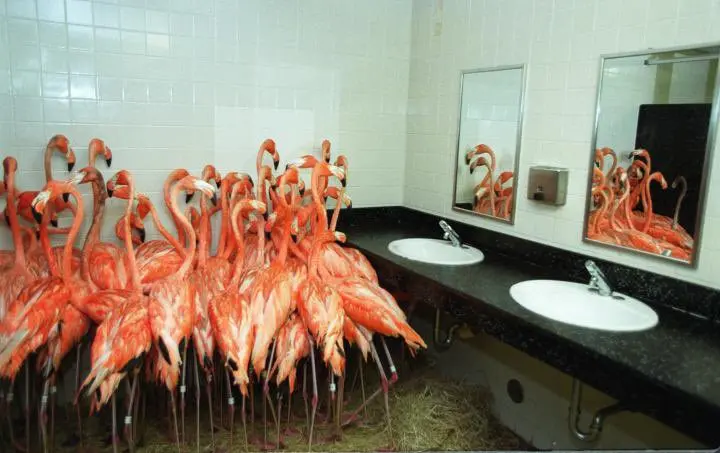Breaking up with X
August 24, 2024 Twitter Lock-In Algorithms PJ Vogt Ezra Klein Kyle Chayka
I finally pulled the plug.

Admittedly, it took me a few attempts. I would log on to X (née Twitter), navigate to the bottom of the account settings, all the way to the red “Deactivate” button, only to get cold feet. But two weeks ago, my frustration became big enough to finally hit that button. My account is gone, and with it one of my longest-running social media infatuations.
Thanks to Elon Musk’s grotesque rebranding, it’s incredibly easy to talk about the different iterations of the network. When I think about Twitter, it’s mostly the pre-takeover site, which—in its best times—was one of the most interesting places on the web. X is the site it became after Musk, an empty shell of its former self, all “For You” filler, best-of lists, and monetized threads.
During one of my failed attempts to quit, I realized that each time I logged on, I was pining for Twitter rather than actually enjoying X: Over the years, I had built up a habit of visiting that site during breaks from work; a positive dopamine-hit paired with a cup of coffee at 11am. You could say that the drug no longer worked.
But my frustration with X wasn’t just that it no longer delivered: Increasingly, it had turned into a culture war battleground and you had to turn a blind eye to the hateful, anonymous accounts being intentionally nasty1 on there2.

Each time I opened the site, I was hoping for a dose of the interesting, timely content from the smart people I used to follow, only to be served a slurry of football memes and the latest scandal involving Germany’s buoying right-wing party. I barely saw the accounts I followed in the first place. It should have been an easy decision to leave.
And yet: There was that undeniable lock-in, that FOMO about partaking in the global conversation, even if I didn’t enjoy it anymore. I had fallen into the kind of trap PJ Vogt described on an episode of Search Engine:
We’ve accidentally created a world where we get a lot of our news and information from websites that are designed to addict us. Usually by hurting our feelings in specific and predictable ways.
A bit later in the episode, Ezra Klein appealed to listeners to simply delete their accounts:
I don’t have anything more to say about Twitter except: Leave! It’s a toxic place run by a toxic person and everybody knows it now. And the fact that there are glimmers of good things there and certainly were more in the past: We’re done. You can’t salvage it. He owns it now, it’s done. Just leave. You have to build something new, find something new to do.

In Filterworld, Kyle Chayka argues that we can’t let too many algorithms into our lives, as they ultimately skew the way we perceive the world or trap us into echo chambers of our own taste. The platform Ghost recently summed it up like this:
This fast food algorithm diet was deliberately designed by technology companies to profit from our addictions. And after two decades of indulgence, the cracks in our collective consciousness are visible all around us.
That’s why I’ve come think about my breakup with X in a different way: As a decision to willfully quit an algorithm that shoves shallow, attention-grabbing content into my life. To understand that there’s a business to capturing and maintaining our attention, more often than not by hurting us in the aforementioned “specific and predicable ways”.
Mostly importantly, it’s a decision to do things differently by choosing media more deliberately. To fill the void the algorithm leaves with something meaningful, through a conscious choice in how I spend my waking hours and what media I choose to consume.
This, of course, has a lot to do with the mechanics of any social network. When social media formats mediate the world, be it in 280 character tweets or ephemeral Instagram stories, people start to see the world in that format: In ways to boil a given thought or experience down to a post, to optimize engagement, or—at worst—to participate in a mob.↩︎
To once again quote PJ Vogt: “I think people go on social media thinking, this is a place where I’m going to boldly say what I think. And what often happens is that people don’t just say what they think, they think what they say.”↩︎